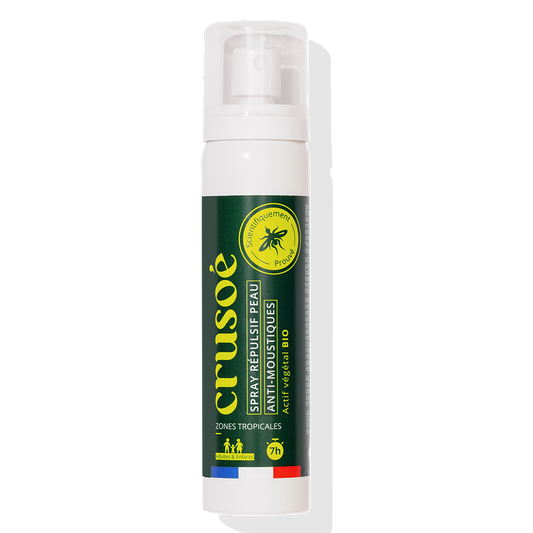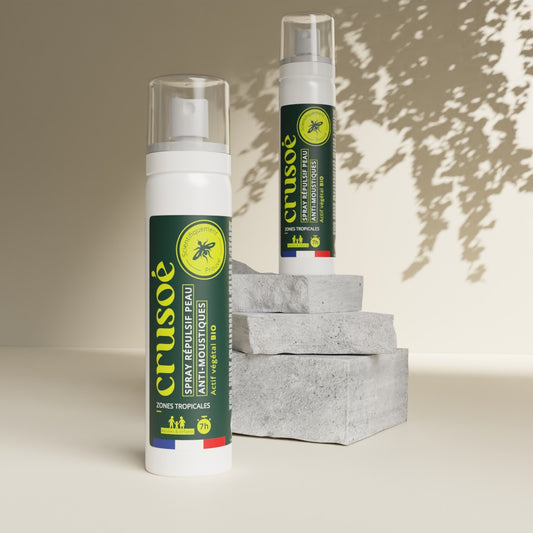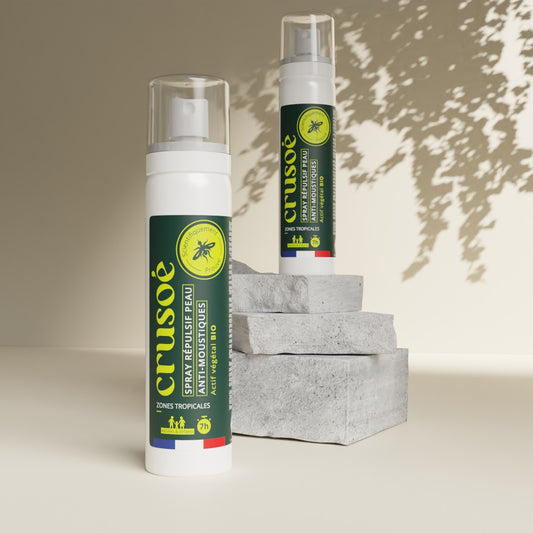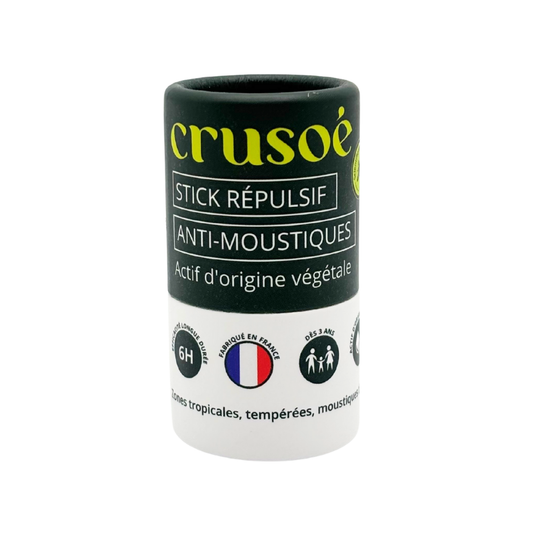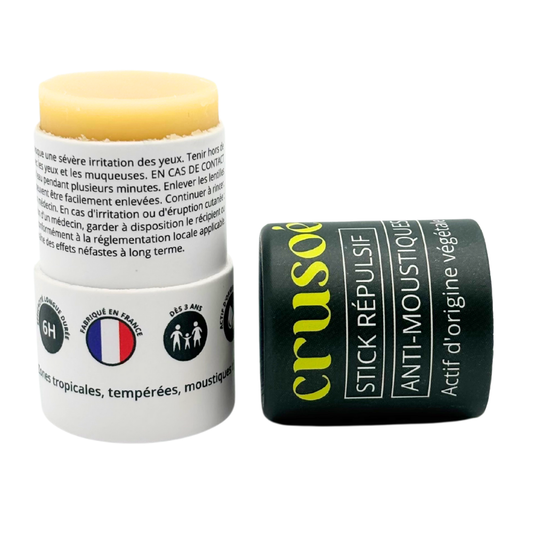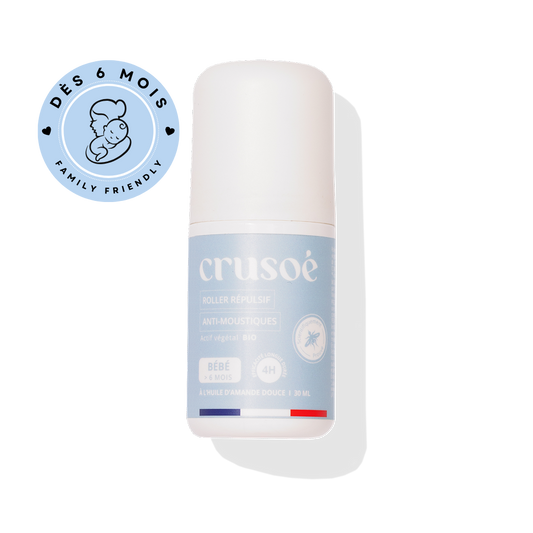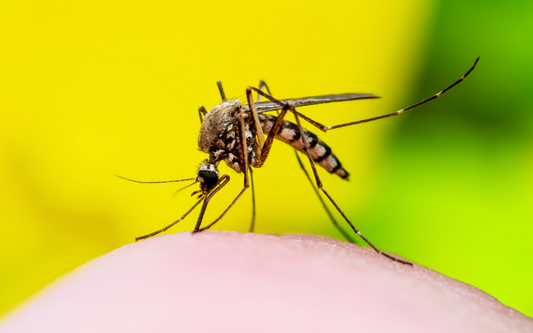Next to Half of the world's population is exposed to vector-borne diseases transmitted by mosquitoes. This situation is far from improving since vector-borne diseases are in full resurgence due to many factors: population growth, rapid and unplanned urbanization, globalization, international trade and limited access to healthcare; all these factors being in line with climate change. 1
Mosquito-borne vector-borne diseases currently represent 17% of infectious diseases , according to WHO. The five main vector-borne diseases are: malaria, dengue fever, Zika virus disease, Chikungunya virus disease, and yellow fever.

Figure: Distribution and number of endemic and imported cases of the five vector-borne diseases transmitted to humans by mosquitoes, from 2017 to 2019 (figure from Pathogens, 2020 ). 1
- Malaria
Malaria is the world's leading parasitic disease. with more than 80 countries and 3 billion individuals exposed. Of the 241 million cases per year, Sub-Saharan Africa has 85% of endemic cases and France recorded 5,500 cases of importation in 2020. Malaria is caused by the transmission of parasites Plasmodium , carried by infected mosquitoes, of the genus Anopheles .
The severity of the disease depends on the species of Plasmodium transmitted, which can be fatal in 0.26% of cases, representing 627,000 deaths per year.
Travel advice Traveling to a malaria-endemic area is first to avoid mosquito bites and then possibly to take antimalarial treatment as prophylaxis. However, this treatment cannot always be prescribed and is not absolute protection. For example, some cases of adaptation of Plasmodium have already been observed and have not led to any treatment efficacy. Since 2021, the WHO has recommended a new vaccine, “RTS,S”, which prevents against severe forms of malaria, but only associated with the parasite Plasmodium falciparum . Thus, since treatments and vaccines do not systematically or not protect against all forms of malaria, protection against bites remains essential. 1,2
- Dengue fever
Dengue fever is caused by transmission of one of four dengue virus serotypes (DENV-1, DENV-2, DENV-3 and DENV-4), carried by infected mosquitoes, of the genus Aedes. 3.6 billion people are exposed to it and several hundred million cases are reported each year. Due to the proliferation of the tiger mosquito, Aedes albopictus , in Europe and in France, the number of cases of dengue fever, endemic to metropolitan France, has increased tenfold since its appearance in 2010.
Dengue fever is a very disabling disease, which in 1% of cases can develop into two severe forms: dengue hemorrhagic fever and then dengue shock syndrome, which is fatal.
Travel advice: there is currently no specific treatment. Only a vaccine, protecting only people who have had a primary infection, is effective and is reserved for populations living in endemic areas. Thus, the best protection remains to avoid mosquito bites. 3
- Zika Virus Disease
Zika virus disease (ZIKV) affects mainly Latin America , with nearly 2 million people infected in Brazil in 2015, and the Pacific. In Martinique, Guyana and Guadeloupe, the number of cases continues to increase .
Zika virus can be transmitted by mosquitoes Aedes aegypti And Aedes albopictus as well as sexually and in utero .
Zika virus disease is often benign, except for fetuses who are susceptible to severe malformations, leading to irreversible mental retardation in children. Zika virus disease thus goes unnoticed most of the time, which makes it all the more insidious. Indeed, the mother can transmit it to her fetus without knowing it. In addition, infected people can bring back this virus without realizing it and contaminate others. This phenomenon is likely to increase in importance considering the proliferation of a vector of this virus, the tiger mosquito.
Travel advice: Unfortunately, no vaccine or treatment is known to date. The only protection is therefore to avoid mosquito bites in risk areas. 4.5
- Chikungunya Virus Disease
Chikungunya virus disease (CHIKV), transmitted by mosquitoes of the genus Aedes , mainly affects the African and Asian continents in an endemic-epidemic mode , with nearly 2 million confirmed cases in India since 2006. This disease appeared in Europe in 2007, where an epidemic outbreak appeared in the North-East of Italy. Since then, Many cases have been detected in the French overseas departments and territories , which are more conducive to the development of Aedes aegypti . More and more indigenous cases are also recorded each year in metropolitan France , such as 17 indigenous cases in 2017. As with other vector-borne diseases carried by mosquitoes Aedes , the hypothesis of a wider dissemination in Europe and in France can no longer be excluded in view of the proliferation of its vector, the tiger mosquito.
Chikungunya virus disease is not a fatal disease, but causes a high fever with severe joint pain, which can become chronic in nearly 10% of cases and up to 3-5 years after an acute infection. Severe neurological forms were even observed during the 2005 epidemic on Reunion Island.
Travel advice: However, there is no specific treatment for Chikungunya virus disease. A vaccine is currently being developed at the Pasteur Institute and is in phase III clinical efficacy trials. 6
- Yellow Fever
Yellow fever, transmitted by a virus carried by mosquitoes of the genus Aedes And Haemagogus , is present in 47 countries and threatens 42 other countries, mainly in Africa, South America and Central America. It first reached Asia in 2016 when it was brought back by Chinese people working in Angola.
Yellow fever is a disease with a high mortality rate, ranging from 20 to 60% of cases depending on the epidemic.
Travel advice: this disease should gradually disappear since a yellow fever vaccine, among the best current viral vaccines, is produced at the Pasteur Institute in Dakar and provides excellent long-term protection against the disease. International regulations make it mandatory before entering an endemic area. 7
So whatever region of the world you visit, Protection against mosquito bites is the solution that remains to be preferred to limit the risk of infection and transmission of vector-borne diseases. The general preventive measures to protect yourself from mosquitoes, recommended by the ARS, are: wearing loose clothing impregnated with insecticides, applying skin repellents to uncovered areas, protecting the home with insecticide diffusers and using mosquito nets . Finally, it is advisable to postpone any travel to endemic areas for pregnant women. 8–10
Claire Grison - Biochemistry Engineer, Doctor of Organic Chemistry and Scientific Editor
References:
[1] H. Dahmana and O. Medianikov, Pathogens , 2020, 9, 310.
[2] Pasteur Institute, Malaria: information and treatments, https://www.pasteur.fr/fr/centre-medical/fiches-maladies/paludisme?&emkfid=EMF-1353983600-k-pasteur%2520paludisme-171015487869-bs&gclid=CJvSkMil6tMCFea97Qod_UQKQw.
[3] Pasteur Institute, Dengue, https://www.pasteur.fr/fr/centre-medical/fiches-maladies/dengue.
[4] A. Mondiale Canada, Zika Virus, https://voyage.gc.ca/voyager/sante-security/conseils-sante-travellers/152.
[5] Pasteur Institute, Zika, https://www.pasteur.fr/fr/centre-medical/fiches-entreprises/zika.
[6] Pasteur Institute, Chikungunya, https://www.pasteur.fr/fr/centre-medical/fiches-entreprises/chikungunya.
[7] Pasteur Institute, Yellow fever, https://www.pasteur.fr/fr/centre-medical/fiches-maladies/fievre-jaune.
[8] Ministry for Europe and Foreign Affairs, Diseases transmitted by mosquitoes, https://www.diplomatie.gouv.fr/fr/conseils-aux-voyageurs/informations-pratiques/risques/risques-sanitaires/article/maladies-transmises-par-les-moustiques-paludisme-fievre-jaune-chikungunya.


